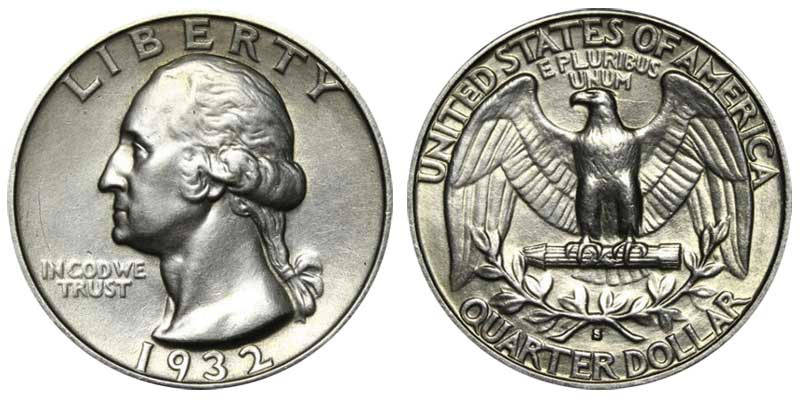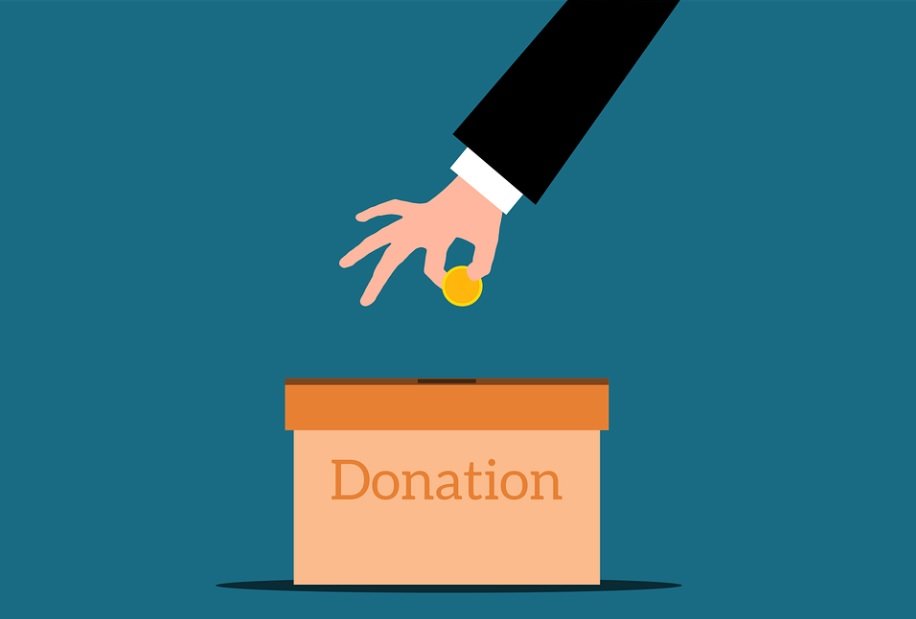The Bicentennial Quarter is a coin that has fascinated collectors and historians alike since its release in 1976. Now, nearly five decades later, some of these coins are considered treasures worth staggering sums. While most Bicentennial quarters are still worth just 25 cents, a rare few can be valued at up to $2.5 million depending on specific traits. These valuable versions have made headlines in the numismatic world, capturing the attention of both seasoned collectors and casual hobbyists. As of 2025, interest in these quarters has surged, with some examples breaking records at auctions and private sales.
Why Were Bicentennial Quarters Created?
The Bicentennial Quarter was minted in 1975 and 1976 to commemorate America’s 200th anniversary of independence. Rather than issuing the standard Washington quarter featuring an eagle reverse, the U.S. Mint opted for a special commemorative design. The reverse of the Bicentennial Quarter, created by artist Jack L. Ahr, depicts a colonial drummer boy and a victory torch surrounded by 13 stars representing the original colonies. On the obverse, George Washington’s portrait remains, but the date was changed to the distinctive dual date “1776-1976,” marking the bicentennial milestone.
How Many Bicentennial Quarters Were Minted?
The U.S. Mint produced over 1.7 billion Bicentennial quarters between its Philadelphia, Denver, and San Francisco facilities. These massive mintage numbers make most Bicentennial quarters relatively common today. However, among these billions, a small handful possesses unique characteristics that dramatically boost their value. These coins have become the focus of collectors hoping to strike gold in the form of a simple quarter.
What Rare Errors Make Bicentennial Quarters Worth Millions?
While most Bicentennial quarters are standard copper-nickel clad coins worth face value, certain rare minting errors and unusual features have elevated some examples into million-dollar territory. The most valuable Bicentennial quarters typically exhibit one or more of the following traits:
Double Die Errors
Coins with noticeable doubling in the design, such as on the inscriptions “LIBERTY” or “UNITED STATES OF AMERICA,” are highly collectible. These doubling errors occurred due to misalignments during the striking process.
Off-Center Strikes
When the coin blank (planchet) is not properly aligned during minting, it can produce an off-center strike, leaving part of the design missing or skewed. Off-center errors with visible dates are particularly valuable.
Wrong Planchet Errors
Some Bicentennial quarters were mistakenly struck on planchets meant for other denominations, such as nickel or silver blanks. These wrong planchet errors can fetch tens of thousands of dollars.
40% Silver Content
While standard Bicentennial quarters were struck in copper-nickel, San Francisco Mint collector versions were also produced with 40% silver content. These silver examples were never intended for general circulation, making them more valuable, especially in pristine condition.
What Should You Look For in Your Bicentennial Quarter?
To determine if your Bicentennial quarter could be rare and valuable, consider these key indicators:
Mint Mark
- No mint mark: Struck at the Philadelphia Mint.
- “D” mint mark: Struck at the Denver Mint.
- “S” mint mark: Struck at the San Francisco Mint, often indicating proof or silver versions.
Coin Edge
- Copper-nickel clad quarters display a copper-colored stripe on the coin’s edge.
- 40% silver quarters will have a solid silver edge with no visible copper band.
Weight
- Standard clad quarters weigh about 5.67 grams.
- Silver quarters weigh slightly more, approximately 5.75 grams.
Unique Features
Look for anomalies such as:
- Visible doubling on the lettering or design.
- Off-center strikes that visibly distort the image.
- Odd coloration or missing clad layers.
- No “S” mint mark on San Francisco proofs, making them ultra-rare.
Have Any Bicentennial Quarters Sold for Millions?
While no single Bicentennial quarter has officially sold for $2.5 million as of 2025, certain coins have reached staggering prices at public auctions and private sales. Here are some notable examples:
- A high-grade MS68 silver Bicentennial quarter sold for over $20,000.
- A wrong planchet error quarter struck on a nickel blank fetched more than $10,000.
- Several double die and off-center error quarters have sold for thousands of dollars each.
Numismatic experts agree that if a previously unknown Bicentennial quarter with a rare error were to surface in mint condition, it could potentially command a price approaching or even exceeding the $2.5 million mark, especially if it were certified as unique or the finest known example.
How Can You Protect and Sell a Valuable Bicentennial Quarter?
If you believe you have found a potentially valuable Bicentennial quarter, it’s crucial to take steps to protect and maximize its worth:
- Avoid Cleaning: Cleaning a coin can drastically reduce its value.
- Proper Storage: Use coin holders, flips, or protective capsules to prevent damage.
- Get Professional Grading: Submit the coin to a reputable grading service like PCGS or NGC for authentication and official grading.
- Consult a Specialist: Reputable coin dealers or auction houses can help appraise and market rare coins to serious collectors.
Why is Demand Increasing for Bicentennial Quarters in 2025?
With the upcoming 250th anniversary of American independence in 2026, numismatists and investors alike are showing renewed interest in Bicentennial coins. This surge in attention is causing prices for high-grade and rare error Bicentennial quarters to climb even further. Collectors are not only driven by historical significance but also by the speculative investment potential these coins now represent.
As excitement builds ahead of the semi-quincentennial celebration, now may be the perfect time to revisit any Bicentennial quarters you’ve saved or encounter in everyday circulation. One overlooked rarity could still be hiding in plain sight.
Could You Be Sitting on a Fortune?
Bicentennial quarters might seem common, but within this sea of 1976 coins, a handful are worth small fortunes. Armed with the right knowledge and a sharp eye, you could be closer than you think to uncovering one of these million-dollar treasures. Next time you check your spare change, remember that an ordinary-looking quarter could hold an extraordinary surprise.













